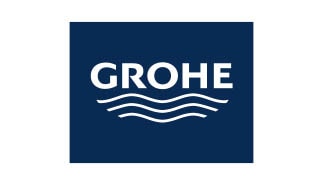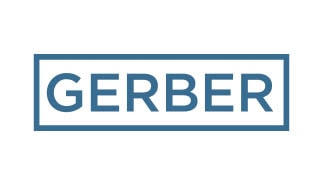Published on
February 7th, 2022The More You Know: A History of Steam Radiators in New York City
If you own a property in New York City, especially a pre-war apartment building, chances are it uses steam radiators as the primary source of heat. We tend to take these heaters for granted, but the history of steam radiators is an interesting one.
When you understand how radiators were developed, you can better comprehend the issues that may arise from their use in the 21st century. This knowledge allows you to take the right steps to maintain a heating method that still works quite well.
The Invention of the Steam Radiator
A 19th-century life changer
Although Dennis Olmsted patented a type of radiator for a stove in 1834, Prussian businessman Franz San Galli is credited with the invention of the first heating radiator in 1855 while living in St. Petersburg, Russia. Cast iron radiators soon became the rage around the world, especially in the big cities of Europe and in the northeastern portion of the United States.
Early radiators were called “mattress radiators.” They were cruder, flatter prototypes of the more elaborate design seen in London and New York a few decades later (AKA the Bundy Loop). It didn’t take long for various configurations to take off. Some cities favored radiators that used hot water, which is also seen around New York today. However, New York City turned mainly to steam to heat homes.
Residential buildings added their own boiler systems to provide steam for occupants, while public buildings in Manhattan received steam from public steam works located underground around the borough, a practice that’s still in use today.
The Efficiency of Steam Heat
Steam physics and convection
Steam heat proved right away to be highly efficient at heating everything from robber baron mansions to brownstones to city block-long apartment buildings. While we call these devices radiators, they really don’t radiate heat. Instead, they rely on convection, where heat is supplied through a medium (water or steam) that is heated by another source.
That’s one reason the shape of steam radiators has remained fairly consistent since the invention of the Bundy Loop. In a case of form following function, it was discovered that having multiple loops, like those in a traditional cast iron radiator, provides a larger surface area to fill with steam. This larger surface area gives off more heat.
Steam heat was particularly appealing in the 19th and early 20th centuries because it didn’t require pumps with electric motors to distribute it to the radiators. Rather, the steam would rise on its own, following the laws of physics. Once the steam cooled, the resulting condensate (liquid water) could be returned to the boiler to be reheated and used again.
Radiators and the Spanish Flu of 1918
Why many apartments are too hot today
If your tenants often complain they’re too hot, you’re not alone. Many of the 100-year-old steam radiators in today’s apartments were designed to overheat their units. Why?
When many of these radiators were installed, the Spanish Flu of 1918 was ravaging the country, including New York City. We didn’t have the understanding that we do now about viruses. But people did know that providing fresh air was helpful in preventing disease, and so apartments were provided with radiators that could keep them toasty warm even if windows were thrown wide open in the dead of winter.
Steam Radiator Use Today
New technology to improve old-fashioned radiators
There’s been no reason to replace old steam radiators in most buildings around New York because they still work so well. However, there is new technology today that lets you tweak the function of century-old radiators so they work better for modern needs. After all, we’re not opening windows now to ventilate apartments as we have more sophisticated HVAC systems.
Some of the steam heating improvements you may wish to employ in your property include:
-
- Radiator covers to reduce overheating, prevent burns, and make old radiators look more attractive.
- Thermostatic radiator valves that allow occupants to wirelessly control individual radiators when coordinated with a central thermostat.
- Better steam distribution systems and steam return processes that run on pumps.
- Pipe replacement and insulation to get rid of clogged galvanized pipes and reduce unnecessary heat loss.
- New boilers that occupy less space, run on less fuel, and need fewer adjustments.
- Boiler controllers that operate the boiler with greater safety and efficiency, allowing for cost savings and reallocation of maintenance manpower elsewhere.
Additionally, you no longer have to put up with banging radiators (AKA water hammer). We now know that cleaning radiators and their nearby pipes, then tipping them a few degrees toward the steam return pipe, will usually do away with the war between steam and condensate that causes that unpleasant noise.
Hopefully, your old steam radiators are still running beautifully, but if not, they may just need some maintenance to get them back into shape. Sanitary Plumbing can help with that, and we can also check your heat system pipes to make sure they’re in good condition as well.
Our Omnia Mechanical Group partners at Antler Pumps and Calray Boilers can assist with any concerns that are outside of our services as licensed master plumbers. Call us at 212-734-5000, or reach out online today to schedule an appointment.








